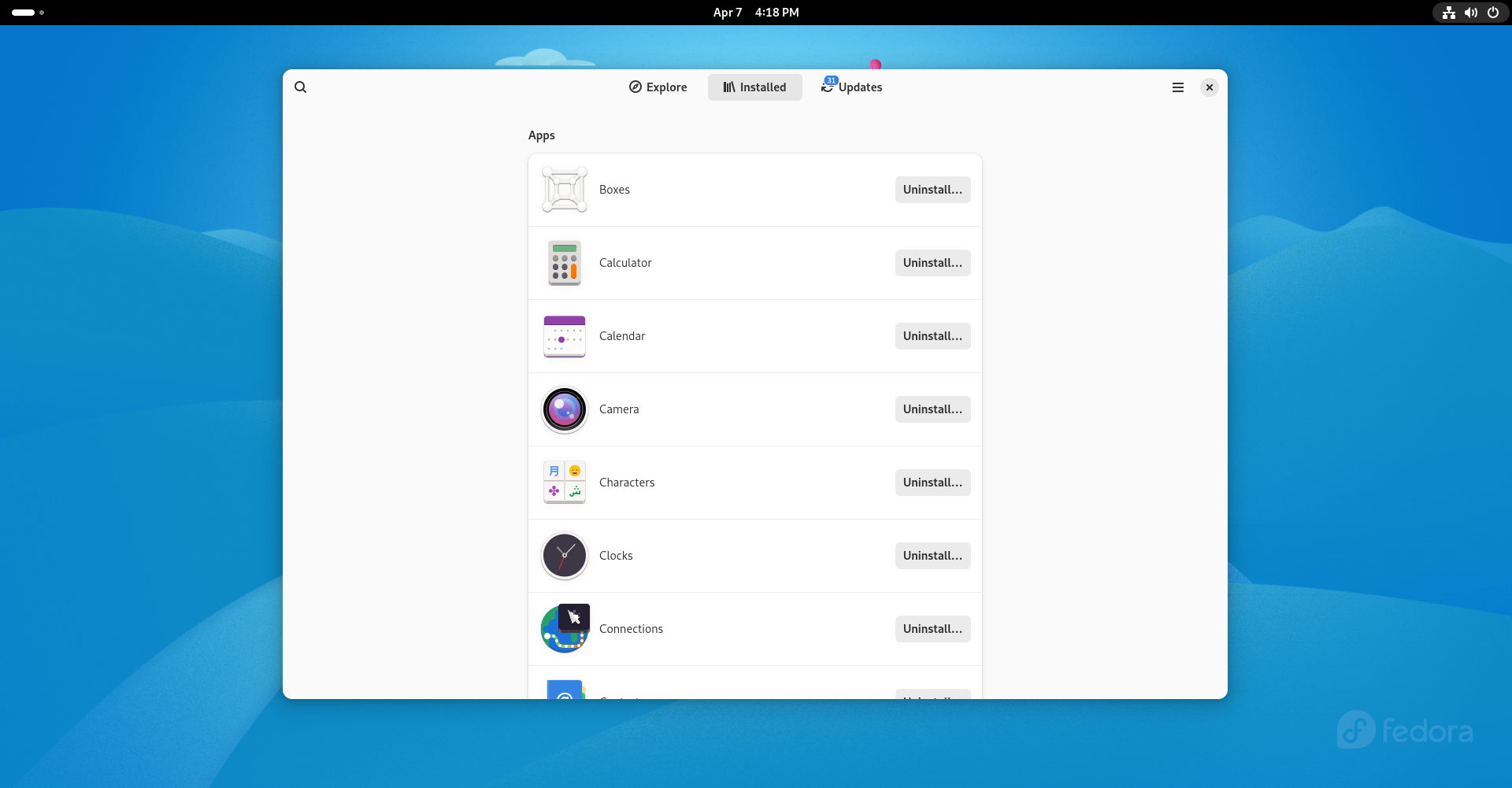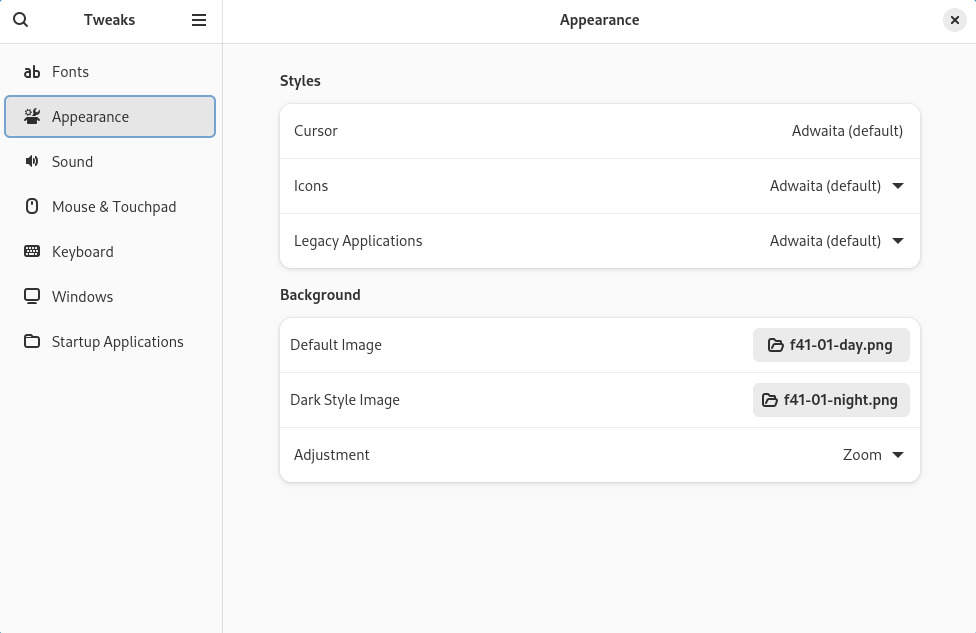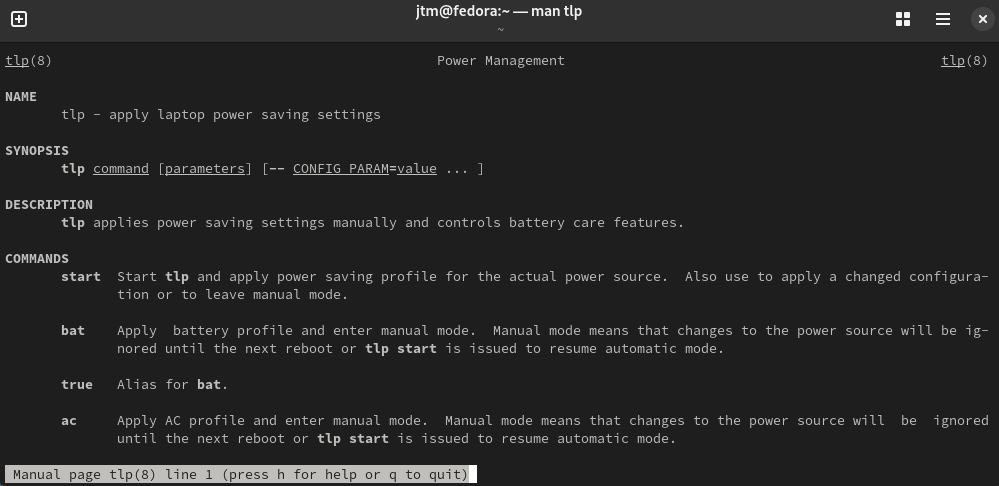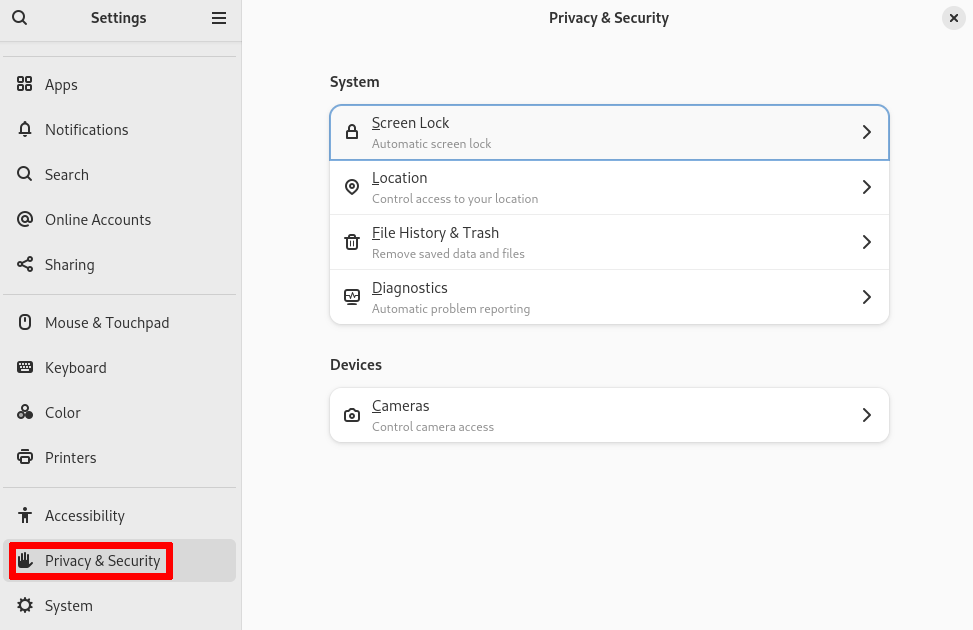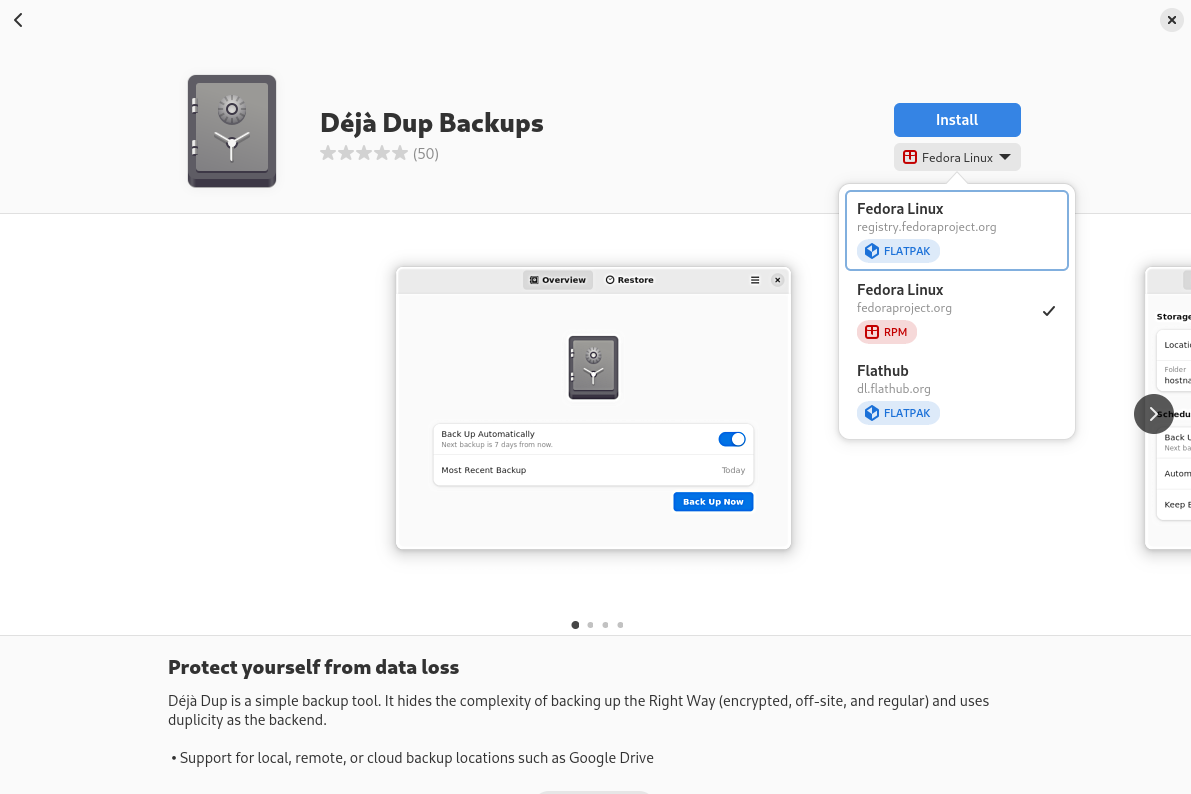Any Fedora user will tell you that the operating system is great out of the box. That, however, doesn’t mean we can’t tweak a few things to make it even better. Follow along and I’ll show you how to supercharge your new Fedora installation.
Regularly updating your system is critical to ensure that both your operating system and software packages are on their latest versions to provide better stability, higher performance, and, most importantly, the most current protection against security problems and vulnerabilities.
There have undoubtedly been at least a few updates to the software on your new Fedora system since the installation media was released. Now is the perfect time to get everything up to the absolute latest version.
You can easily update your system by opening GNOME Software and clicking on the “Updates” tab located at the top of the window. You can also update quickly in the terminal with the following command:
sudo dnf update
To eliminate the need to manually check for updates, click on the hamburger menu at the top-right of the GNOME Software window to open preferences and enable automatic updates if they aren’t already enabled. Your system will automatically keep everything up to date in the background as you go about your regular business.
2
Enable RPM Fusion Software Repositories
There are certain things (intentionally) missing in a fresh Fedora installation. The distribution maintainers do not include any proprietary software with the base system due to potential conflicts caused by licensing issues.
RPM Fusion is a set of community-maintained Fedora software repositories that provide free but proprietary software such as multimedia codecs and hardware drivers that will significantly enhance your Fedora Linux experience.
There are two ways to install the repositories on your system. If you prefer the GUI, you can visit the RPM Fusion configuration page and follow the instructions to install through your browser. You can also enter the following commands at a terminal prompt to achieve the same result:
sudo dnf install https://mirrors.rpmfusion.org/free/fedora/rpmfusion-free-release-$(rpm -E %fedora).noarch.rpm https://mirrors.rpmfusion.org/nonfree/fedora/rpmfusion-nonfree-release-$(rpm -E %fedora).noarch.rpmsudo dnf config-manager setopt fedora-cisco-openh264.enabled=1
sudo dnf update @core
Once installed, software from the RPM Fusion repositories will be available to install from the command line or through GNOME Software.
Again, because of possible licensing issues, the initial Fedora installation is missing tools necessary to render various types of multimedia objects as well as drivers for popular Nvidia GPUs. With the RPM Fusion repositories enabled, you can install everything you’ll need to play any media you come across.
The following commands will set everything up for you:
sudo dnf swap ffmpeg-free ffmpeg sudo dnf update @multimedia --setopt="install_weak_deps=False" --exclude=PackageKit-gstreamer-plugin
It’s also worth visiting the RPM Fusion multimedia page to get drivers for specific graphics processors including Intel, Nvidia, and AMD.

Related
Nvidia Drivers on Linux: What You Need to Know
Nvidia is known for being somewhat tricky on Linux, but is that reputation earned or exaggerated?
4
Remove Unnecessary Software
The typical installation of Fedora Workstation is far from what you’d call bloated, but there is some pre-installed software that you’re probably never going to use if you’re not a developer or engineer. Removing anything you don’t use will reduce the chances of conflicts with other software, and, of course, allow you to reclaim a bit of storage space.
You can easily see all the software installed on your system by going into GNOME Software and clicking on the “Installed” tab at the top of the window. Boxes, for example, is a system for running virtual machines (virtual computers inside your computer). Most general users will have no need for it. You might want to remove Firefox if you prefer a different web browser. Depending on where you are located, you might also find extra language packs installed that you have no use for.
If you’re not sure what something does, look it up through your favorite search engine and make sure it’s not going to do any damage if you remove it.
5
Enable the Flathub Flatpak Repository
The Flatpak system is a software platform that allows creators to distribute their software in an all-in-one package that will run on any Linux distribution. Many people in the Linux community consider them to be safer than traditional software packages because they are completely self-contained and run in an environment isolated from the rest of your system.
Fedora supports Flatpak by default, but only includes a limited software repository curated by The Fedora Project. Flathub offers a significant amount of software that you won’t find in Fedora’s package repositories including apps such as Spotify, Steam, and plenty more.
You can enable the Flathub repository by opening a terminal and entering the following commands:
flatpak remote-add --if-not-exists flathub "https://flathub.org/repo/flathub.flatpakrepo">https: flatpak remote-modify
After enabling the Flathub repository you should see the Flathub option appear in the software center along with the Fedora Flatpak repo and the Fedora RPM repo when installing software. You’ll also notice quite a few applications available that weren’t there before. Note that not all apps will give the choice of all three installation sources. Some may show only one and others might show two out of the three.
6
Install GNOME Tweaks
GNOME Tweaks gives you some additional settings that will allow you to customize your desktop a bit beyond what it comes with out of the box. Some versions of Fedora may have Tweaks installed by default. If it is installed on your system you will find it by opening the app launcher and looking in the “Utilities” folder.
If you don’t see it in your app launcher, you can install it from the terminal command line in a few seconds with the following command:
sudo dnf install gnome-tweaks
Fedora gives you some simple power and battery options in the settings but there is a command line utility called tlp that provides much better performance and gives you much greater control over what happens when you are running on battery power.
Install tlp and enable it with the following commands:
sudo dnf install tlp tlp-rdwsudo systemctl enable
man tlp
Simply enabling tlp will instantly tweak settings to optimize your power settings and battery usage. The man page lists details of various switches and settings you can use with tlp to fine tune it for your specific needs.
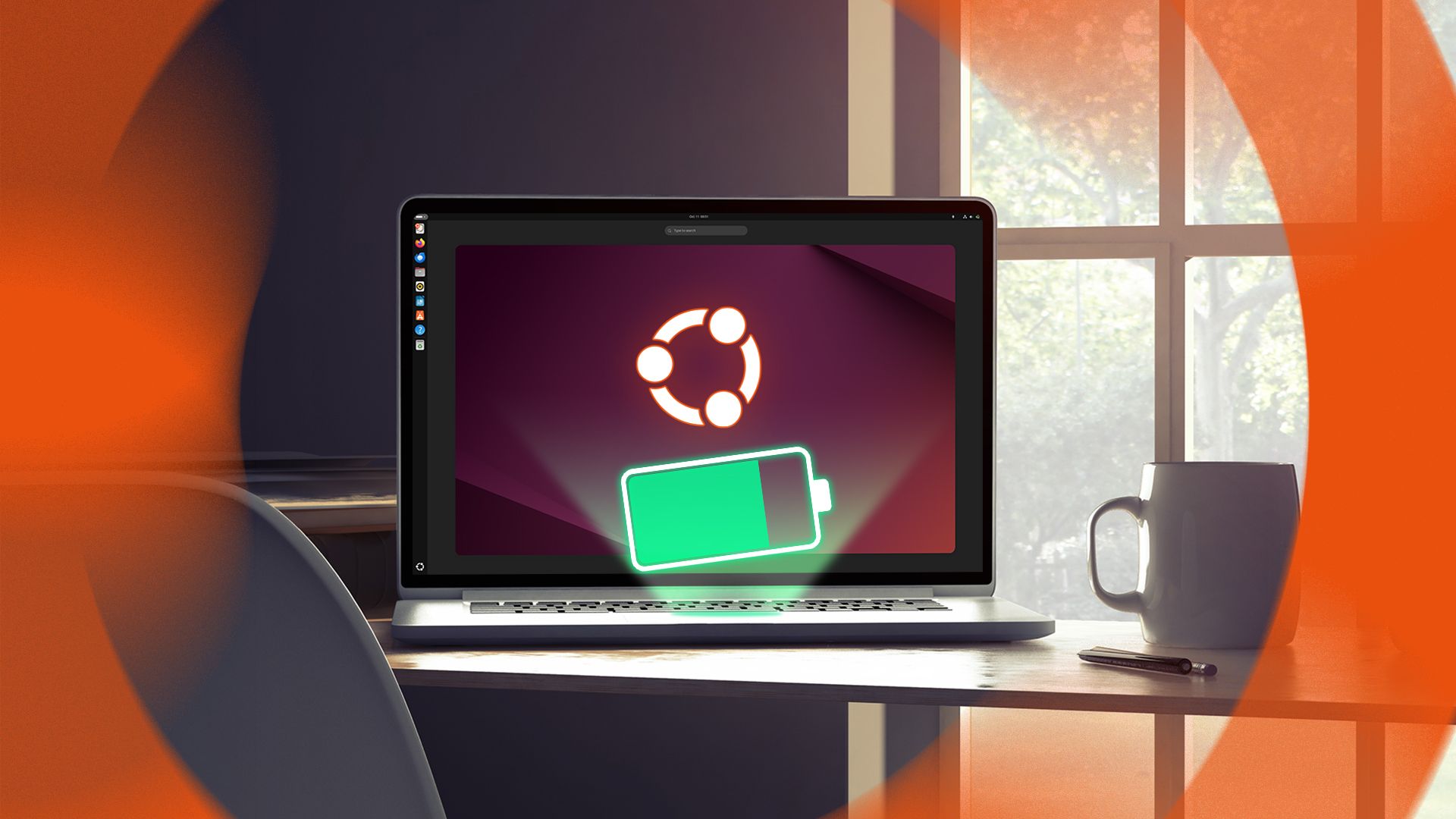
Related
Optimize Battery Life on an Ubuntu Laptop With These 6 Power Saving Tweaks
Get the longest life out of your laptop battery with these six power saving tweaks for Ubuntu!
8
Install Essential Applications
Fedora comes with some software installed, but it’s minimal by design. With RPM Fusion and the Flathub repositories enabled, you’ll find plenty of applications that will go a long way toward making you feel at home with your new Fedora system. Following are a few suggestions. You should be able to find them all in the software center.
Web Browsers
Multimedia Apps
- VLC (Videos)
- Strawberry Music Player
- Spotify
Office Productivity
- LibreOffice (Installed default)
- ONLYOFFICE
- Evolution (Email)
- Thunderbird (Email)
Communication
Miscellaneous
- Steam (Games)
- GIMP (Photo editing)
- Extensions (GNOME Extension Manager)
9
Configure Privacy Settings
Fedora, and Linux in general, are much more privacy-oriented than other operating systems. Still, it’s worth looking through the settings to be sure you’re aware of what information about your system might be shared through Fedora and GNOME.
You’ll find the privacy and security settings on the left side of the main settings menu. You should click on each of the available settings and make sure they are set the way you want them.
10
Set Up a Backup Solution
Now that you have your system set up just the way you want it, it’s time to make sure that you don’t lose all your hard work if something goes wrong. Making backups should be a part of your regular routine.
One of the easiest to use and most popular Linux backup solutions is Déjà Dup. It makes the process of backing up your system incredibly simple. All you really need to do is tell it what directory you want it to back up (we recommend backing up your entire home directory), exclude specific directories if you want (like downloads), and finally tell it where to save the backup. The program will take care of everything else. If your backup location is always available, you can also set it to back up automatically at regular intervals.

Related
How to Set Up Automatic Backups on Ubuntu Using Deja Dup
Configure automatic Ubuntu backups with Deja Dup in just a few minutes with this walkthrough guide!
You’ll find Déjà Dup in the software center. We recommend selecting the Fedora Linux RPM version from the installation menu. This will give you the best integration between Déjà Dup and the Fedora operating system, ensuring that the program has proper access to make backups as complete as possible. Once installed, it will show up labeled as “Backups” in the “Utilities” folder of your app launcher.
Don’t forget to test restoring something from your backups regularly, too! A backup you can’t restore is not a backup at all.
At this point, you should have a very well-rounded system tweaked for comfort, convenience, and performance. You will undoubtedly find more ways to personalize your system even further. Don’t be afraid to explore and experiment (always make a backup first). Linux is all about making your own choices and doing what works best for you.




